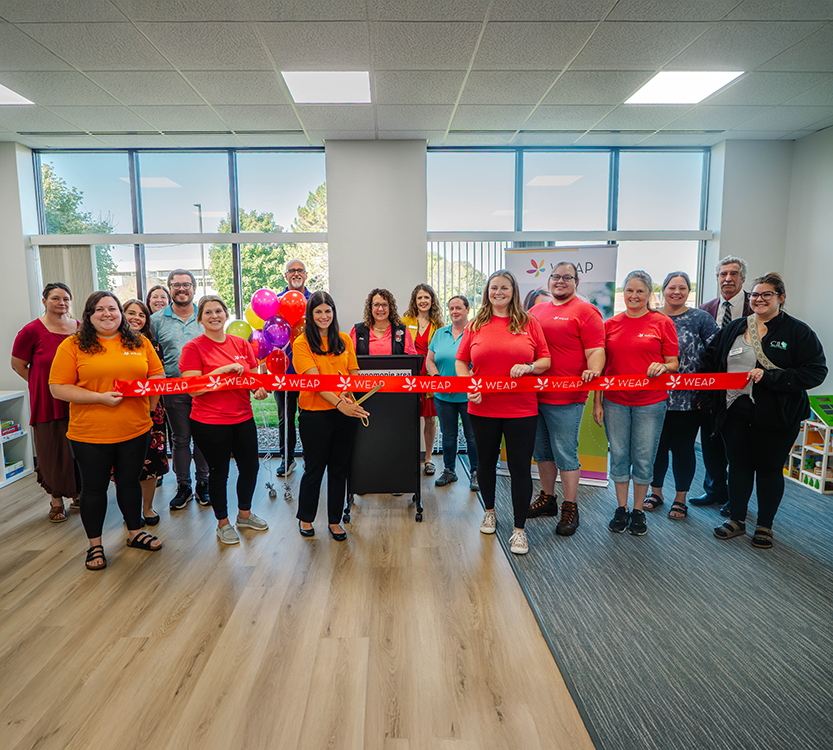Planning everyday outings is something many families do without a second thought.
However, for families with children on the autism spectrum or with sensory challenges, outings can sometimes feel overwhelming. Simple trips to the store, playground, or events can be especially tough for kids who see the world differently.
Some kids on the autism spectrum may experience the world more intensely. For them, bright lights can feel harsh, loud sounds overwhelming, and busy places stressful.
That’s why some families seek out sensory-friendly activities.
Sensory-friendly spaces are areas designed to reduce overwhelming sights, sounds, and other sensory inputs. They often have softer lighting, quieter environments, and calming features to help kids who experience sensory challenges feel more at ease. These spaces are important because they give families a place where their children can feel safe and comfortable, allowing them to enjoy activities without sensory overload.
Here are five places in Milwaukee designed with this in mind.
1. Betty Brinn Children’s Museum
The Betty Brinn Children’s Museum offers sensory-friendly sessions on the second and fourth Sundays of each month. During these sessions, the museum provides a calmer environment with adjusted lighting and sound, allowing children to explore exhibits comfortably. A quiet room is also available, equipped with adjustable lighting, comfortable seating, and sensory toys for those needing a break.
Tip for Families: Reservations are recommended.
2. Marcus Theatres’ Reel Movies for Real Needs
Marcus Theatres hosts the “Reel Movies for Real Needs” program, offering sensory-friendly screenings of current films. These shows feature lower sound levels and brighter lighting to create a comfortable viewing experience. Participating locations in the Milwaukee area include Ridge Cinema in New Berlin and South Shore Cinema in Oak Creek.
Tip for Families: Screenings are typically held on Saturday mornings.
3. Urban Air Adventure Park
Urban Air Adventure Park in Milwaukee West offers Sensory-Friendly Play sessions designed for children with autism and special needs. During these events, the park reduces noise levels and eliminates flashing lights, providing a comfortable environment for children to enjoy various attractions.
Tip for Families: Check the park’s calendar for specific dates and times.
4. First Stage Sensory-Friendly Performances
First Stage offers sensory-friendly theater performances tailored for children who benefit from adjusted sound and lighting. These performances also provide quiet areas staffed by educators experienced with developmental differences.
Tip for Families: The upcoming sensory-friendly performance schedule is available on their website.
5. Milwaukee Symphony Orchestra Sensory-Friendly Concerts
The Milwaukee Symphony Orchestra hosts sensory-friendly concerts designed for individuals with autism or sensory sensitivities. These performances include modifications such as dimmed house lights remaining on, flexible seating, and relaxed house rules for an inclusive experience.
Tip for Families: Visit the Milwaukee Symphony’s KultureCity Venue page here for more about their inclusivity program and to download their app.
Check out our LEARN Behavioral blog on 5 simple play ideas for more sensory-friendly ideas.
Looking for additional support for your child in Milwaukee, Wisconsin? At Wisconsin Early Autism Project (WEAP), part of LEARN Behavioral, we use science and data to deliver contemporary applied behavior analysis (ABA) therapy, tailored exclusively to your child’s unique needs, behavior, and personality. Learn more about our services in Milwaukee and contact us today!


















